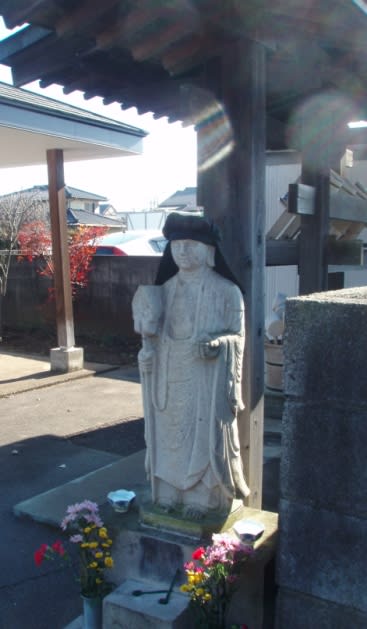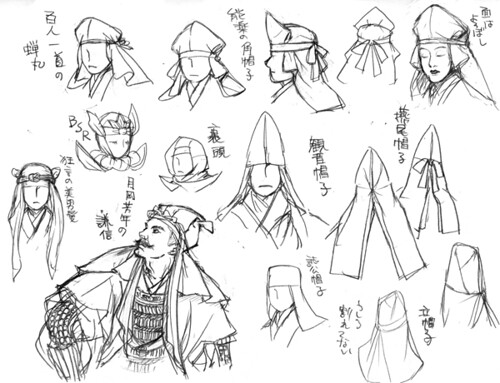Come and have the rare experience of training as a nun. From mediation to sutras train like a buddhist monk、partake in prayer、enjoy our reputable vegetarian lunch. In the end you will get a buddhist training certificate. This one of those rare experience you should try!
http://gokan.ne.jp/spot/detail.html?lang=en&id=67
...
Ushered into a small room with tatami straw mat flooring, I pay about $65 for the six-hour course, write a prayer in Chinese characters on a wooden stick, and don a light-weight white kimono and tabi socks split at the toes to ease wearing sandals.
Joined by six other women in a larger hall adorned with an altar to Kannon, the Buddhist goddess of mercy, we get a crash course in how to fold our hands in prayer and read a sutra, then line up to walk to the main temple, a priest leading the way. ...
But the peace is disturbed by a sense that we are playing a bizarre form of dress-up.
For some of the women, that is precisely the point.
"I came for the 'cos-play' experience," says Kumie Nishimura, 28, referring to the popular hobby of dressing up, often as characters from manga comics, anime movies and video games.
"We've already tried ninja, maiko (novice geisha) and samurai," says Nishimura as she chats with two friends and checks her pink cell phone for messages.
Koyo Watanabe, the slightly pudgy priest who mentors us for the course, has few illusions about participants' motives.
"Many Japanese don't think deeply about religion," he says, noting the eclecticism that allows many to combine Christian weddings -- though few are Christians -- Buddhist funerals, and periodic visits to indigenous Shinto shrines.
"Some women come to wear the clothes. Others have some worry, about work or an illness," he says as we sip green tea.
NOT ALL FRIVOLOUS
No one in our group is contemplating taking the veil. It was once a common path for girls seeking higher education or for those whose families had too many mouths to feed, but is now an unattractive option for most modern Japanese women.
The Soto-shu sect of Buddhism, said to have the most nuns, once had thousands but now has only about 400, most elderly.
https://www.buddhistchannel.tv/index...0#.XQwRiOgzaUk




 Reply With Quote
Reply With Quote


 , Kesa sewing can help, merging the Self with the Now.
, Kesa sewing can help, merging the Self with the Now.





 ). Several of us who took Jukai earlier are in the process of sewing kesa now. If I remember correctly, lay people wore kesa for zazen back in Dogens day.
). Several of us who took Jukai earlier are in the process of sewing kesa now. If I remember correctly, lay people wore kesa for zazen back in Dogens day. 


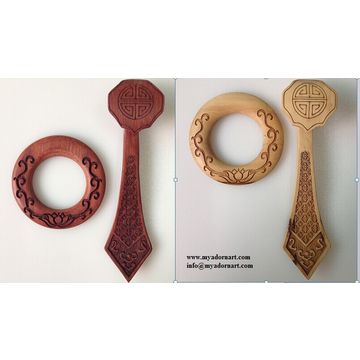












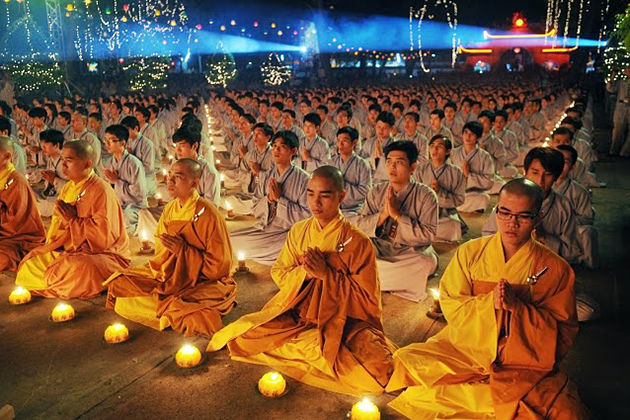
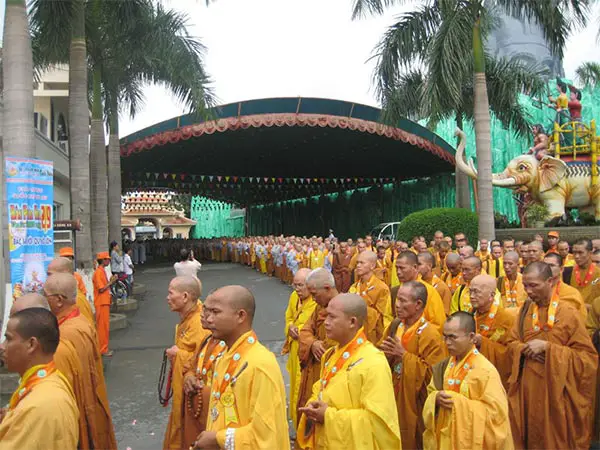


 Also, what about those rules about speaking to girls? ) ... Boy, we Soto folks seem to have it relatively easy! ...
Also, what about those rules about speaking to girls? ) ... Boy, we Soto folks seem to have it relatively easy! ... 